A Repair Tech’s Guide: Things You Should Never, EVER Vacuum
I’ve spent a good chunk of my life with my hands inside vacuums, from tiny repair shops to training professional cleaning crews. And after all this time, the biggest lesson is surprisingly simple: your vacuum is built for one thing—dry household dust and dirt. When you ask it to do more, you’re just asking for trouble.
In this article
This isn’t just another boring list of rules. I want to take you inside the machine so you understand why these things are so bad for it. Honestly, knowing the ‘why’ is what stops you from making a split-second mistake that can destroy a very expensive appliance. A good vacuum is an investment, easily lasting a decade with the right care. But I’ve seen brand-new, pricey models get completely wrecked in a single afternoon.
So, How Does This Thing Actually Work?
It’s not magic, it’s all about airflow. A motor spins a fan like crazy, creating low pressure inside. The normal air pressure outside then shoves air and dirt into the hose. Think of it as a tiny, contained tornado. This dirty air goes through a filter or bag, and the now-clean air flows over the motor to keep it from overheating.
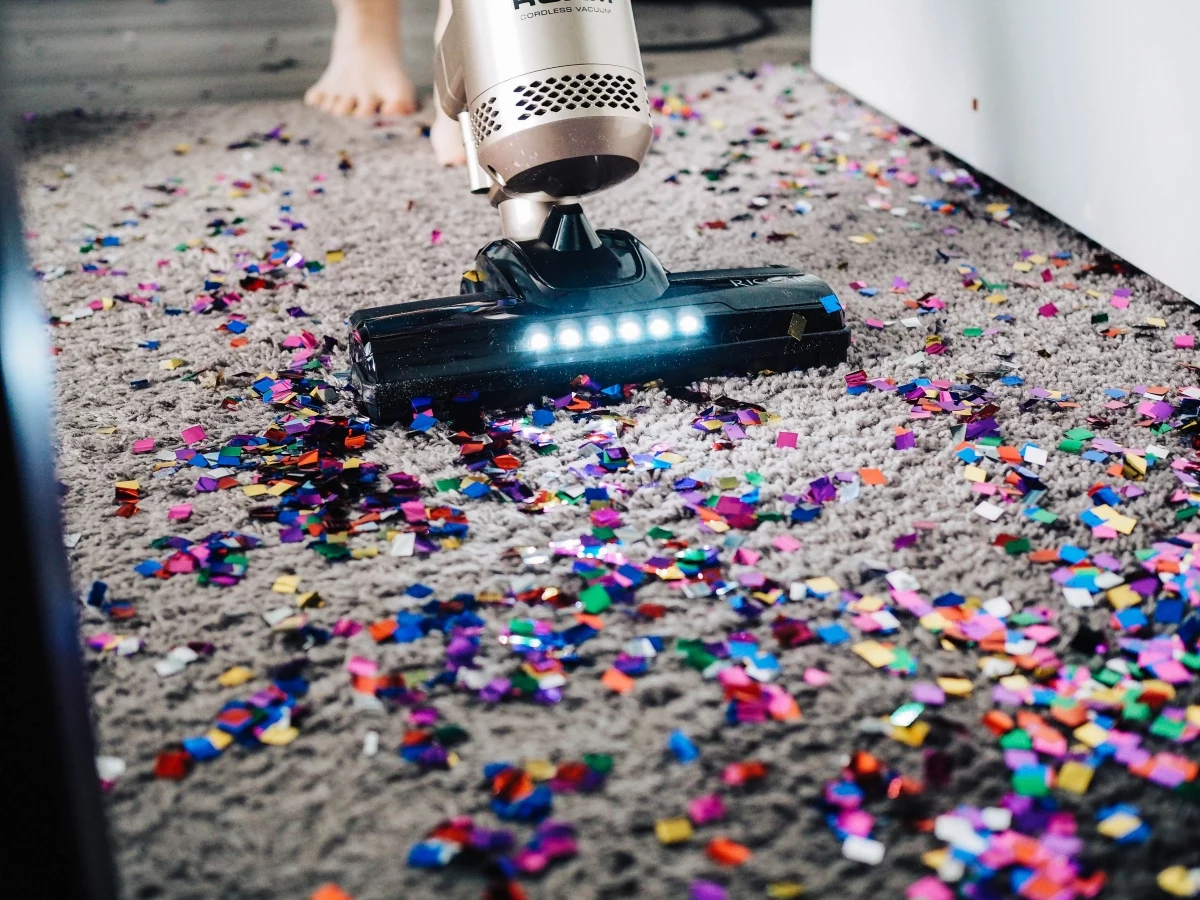
And that’s the key right there. That airflow is also the motor’s cooling system. Anything that blocks it—a clog, a full bag, a filthy filter—is basically forcing your vacuum to run while holding its breath. The motor gets hot, fast, and can melt its own parts. If you get this one principle, you’re already 90% of the way to preventing most common repairs.
The Pro’s “Do Not Vacuum” List
Every new cleaner I’ve ever trained gets this lesson on day one, not from a manual, but from seeing the expensive aftermath of mistakes. If you remember nothing else, remember these top three vacuum killers: water, fine dust, and hard objects. Let’s break it down.
1. The Absolute #1 Vacuum Killer: Liquids or Anything Wet
This is the big one. It doesn’t matter if it’s a bit of spilled water, melted snow, or damp mud. Your standard vacuum is just not built to handle it.
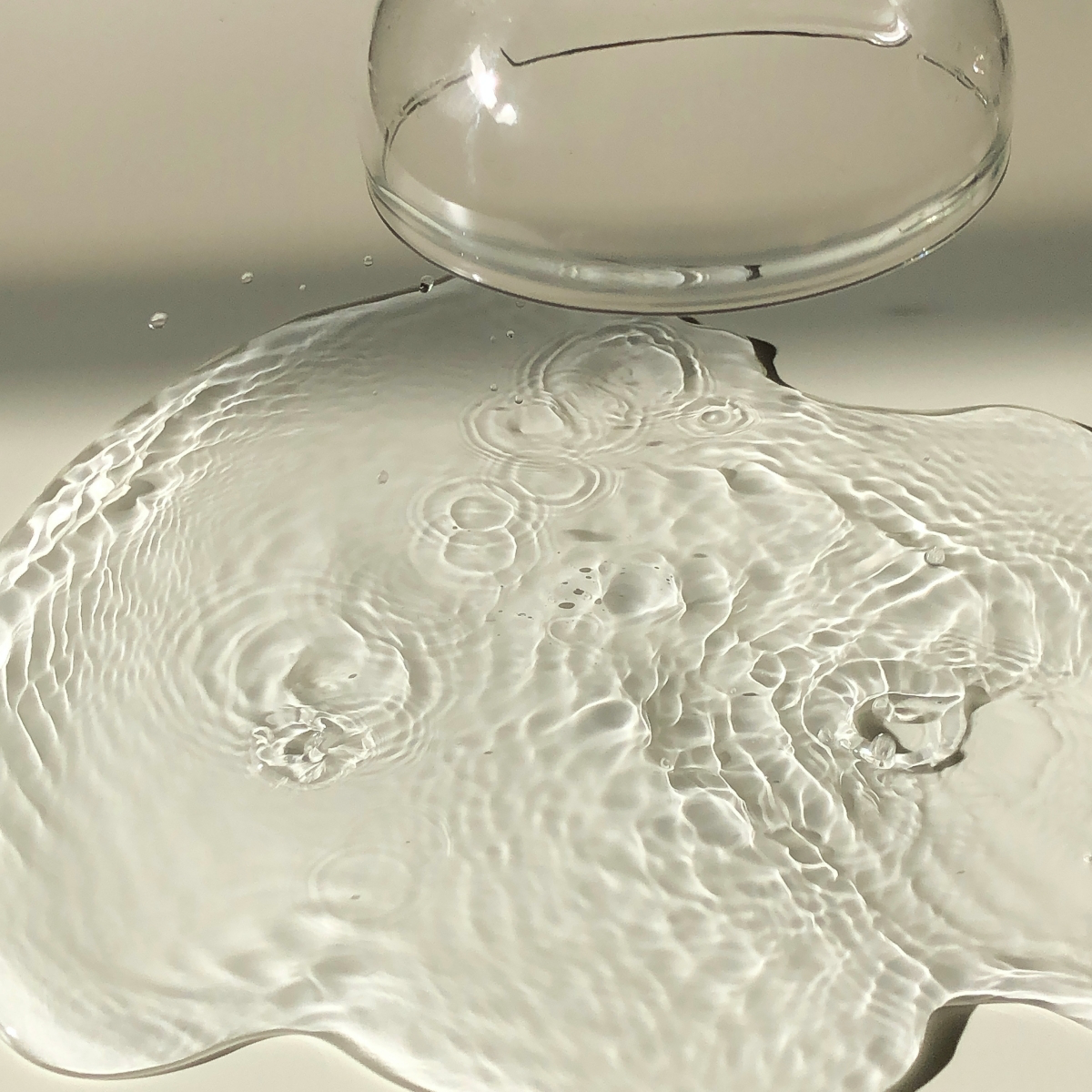
What Happens Inside: First off, water and electricity are not friends. When water gets sucked into the motor, it can cause a direct short circuit. You might hear a pop, see a spark, or it’ll just go silent forever. This is often a fatal blow. But even if it survives that, the water mixes with all the fine dust in the machine to create a gross, cement-like sludge. This gunk coats the fan, throwing it off balance and wrecking the bearings. And the smell? Oh, the smell. Rotting, wet dust inside a warm machine creates a mildewy odor that you will NEVER get rid of. I can smell a water-damaged vacuum the second it comes through my shop door.
Quick Tip: What to Do if You Accidentally Vacuum Water
People panic, but here’s your 60-second first-aid plan:
- UNPLUG IT. Don’t just turn it off, yank that cord from the wall. This is the most important step.
- Remove the bag or empty the canister immediately.
- Take out any washable filters and set them aside.
- Stand the vacuum in a dry, well-ventilated area for at least 48 hours to let the internal parts air out. Don’t try to use it sooner.
- After a couple of days, you can try plugging it in. If it works, you got lucky. If it makes weird noises or smells funny, take it to a repair shop.
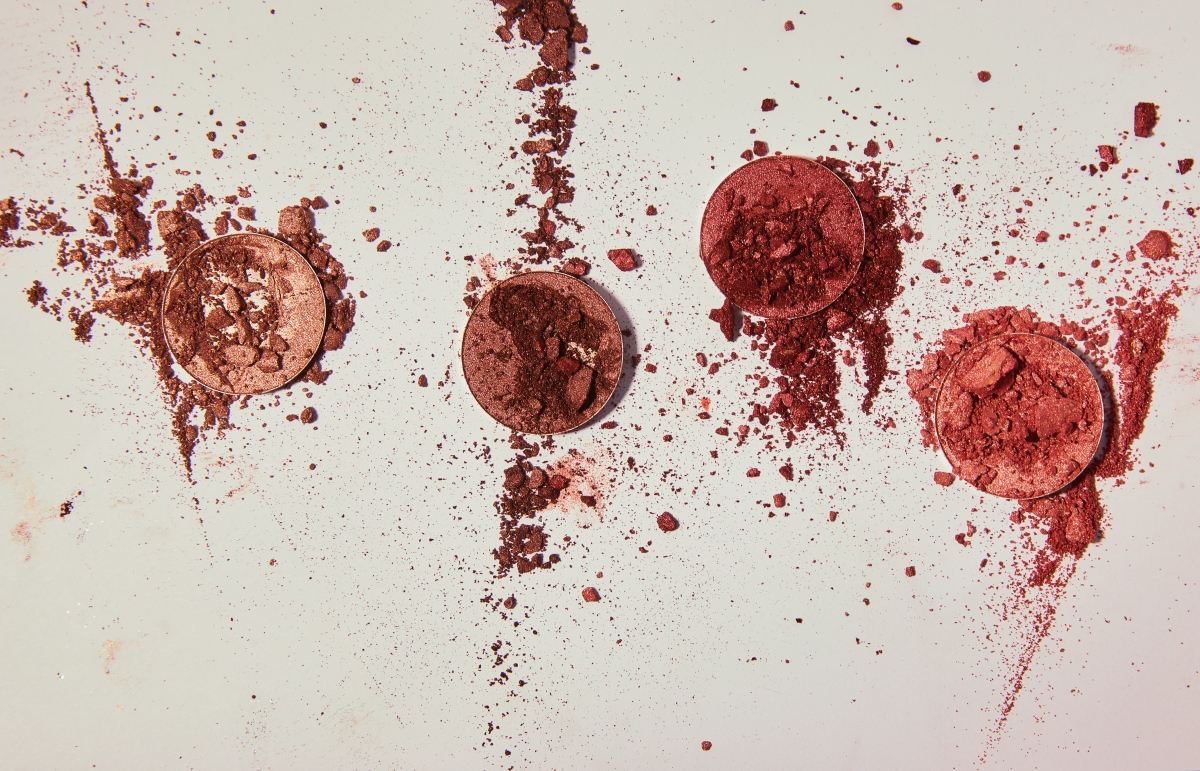
2. The Silent Killers: Fine Powders (Flour, Drywall Dust, Fireplace Ash)
This one always surprises people. It’s dry, so it should be okay, right? Wrong. These tiny particles are a vacuum’s worst nightmare.
What Happens Inside: The problem is that things like flour or drywall dust are so fine they sail right through most standard filters. These particles then go straight into the motor chamber, where they act like an abrasive blanket, coating the motor’s sensitive parts and preventing it from cooling down. It’s a slow death by overheating. Fireplace ash is even worse because it contains fine, abrasive, and often conductive carbon that can short out electronics. Plus, you can never be 100% sure an ember isn’t still hot, which could start a fire right inside your vacuum bag.
Heads up! For a kitchen spill of flour, just use a broom and dustpan. For construction dust, you need a shop vac. For most homeowners, a 4-6 gallon shop vac is perfect; you can find them for about $100-$150 at places like Home Depot or Lowe’s. And please, I can’t stress this enough: NEVER vacuum fireplace ash. Let it cool for days, then scoop it into a metal container.
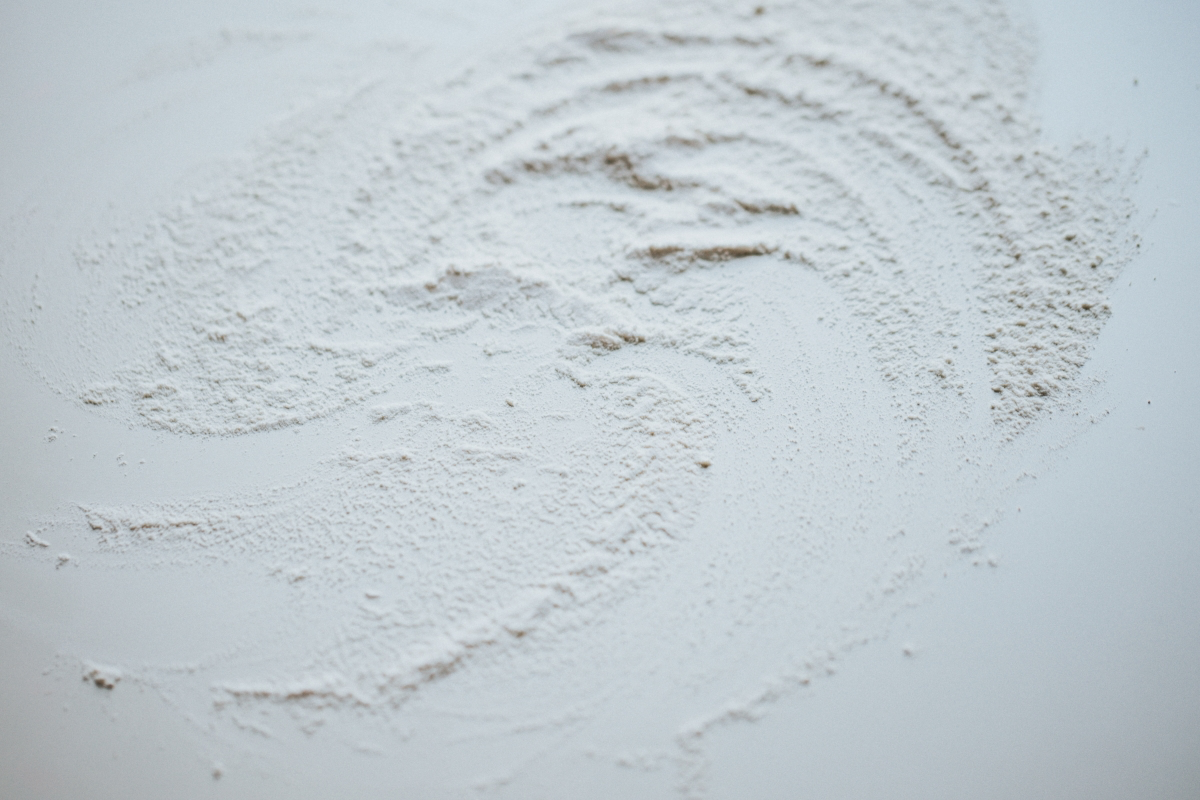
3. The Bullies: Hard Objects (Glass, Coins, Screws, Gravel)
It’s so tempting to just suck up that shattered glass or a few pebbles. But this is a gamble you will absolutely lose eventually.
What Happens Inside: The trip from your floor to the bag is a violent one. A tiny screw becomes a high-speed projectile. It can puncture the hose, but the real danger is the fan, which is usually plastic and spinning at incredible speeds. When a rock hits that fan, it can chip a blade or shatter the whole thing. The result? A horrible rattling noise and zero suction. I once had a client bring in a fancy vacuum with a destroyed fan. The culprit? A single tiny pebble from their shoe tread. That one pebble caused over $200 in damage, a fix that would have been avoided with a 30-second sweep.
4. The Gross Stuff: Sticky or Greasy Gunk
This goes beyond just making a mess. Greasy or sugary things create a science experiment inside your vacuum.
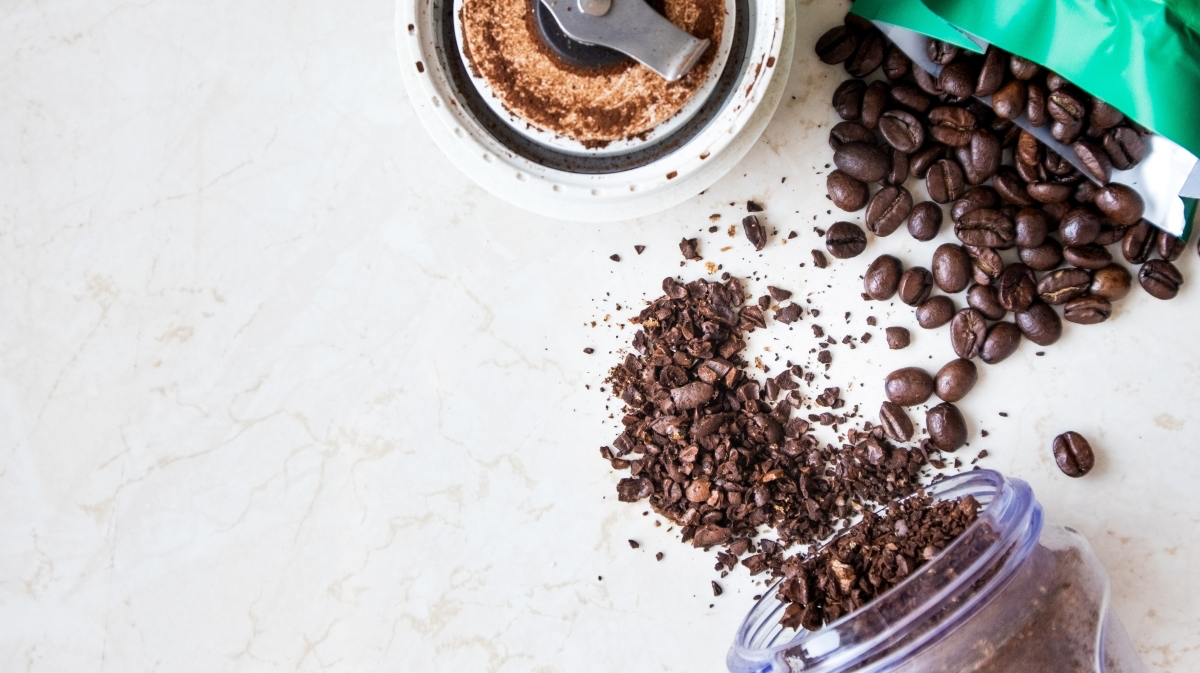
What Happens Inside: A bit of food or spilled makeup doesn’t just sit in the bag. The warm air from the motor softens it, turning it into a sticky trap. This goo catches more dust and hair, creating a dense clump that blocks airflow and, more importantly, becomes a breeding ground for bacteria and mold. That’s where that funky, persistent vacuum smell comes from.
The right way? Scrape up the gunk first, use a proper cleaner on the spot, and only vacuum after the area is totally dry.
5. The Tangler: Long Hair & String
This starts as a maintenance task but quickly becomes a repair bill if you ignore it. Yes, vacuums pick up hair, but they don’t know what to do with it afterward.
What Happens Inside: Long hair, thread, and carpet fibers wrap themselves tightly around the spinning brush roll in the vacuum head. As more and more collects, it creates friction and heat, sometimes even melting the hair into a solid plastic-like mass. This can seize the brush, which then either snaps the drive belt (a cheap fix, maybe $10-20 if you’re lucky) or burns out the brush motor (a much more expensive repair). I once had a client complain their vacuum was leaving lines of dirt on the carpet. We flipped it over, spent five minutes cutting a huge wad of hair off the brush roll, and it was grooming the carpets like new again.
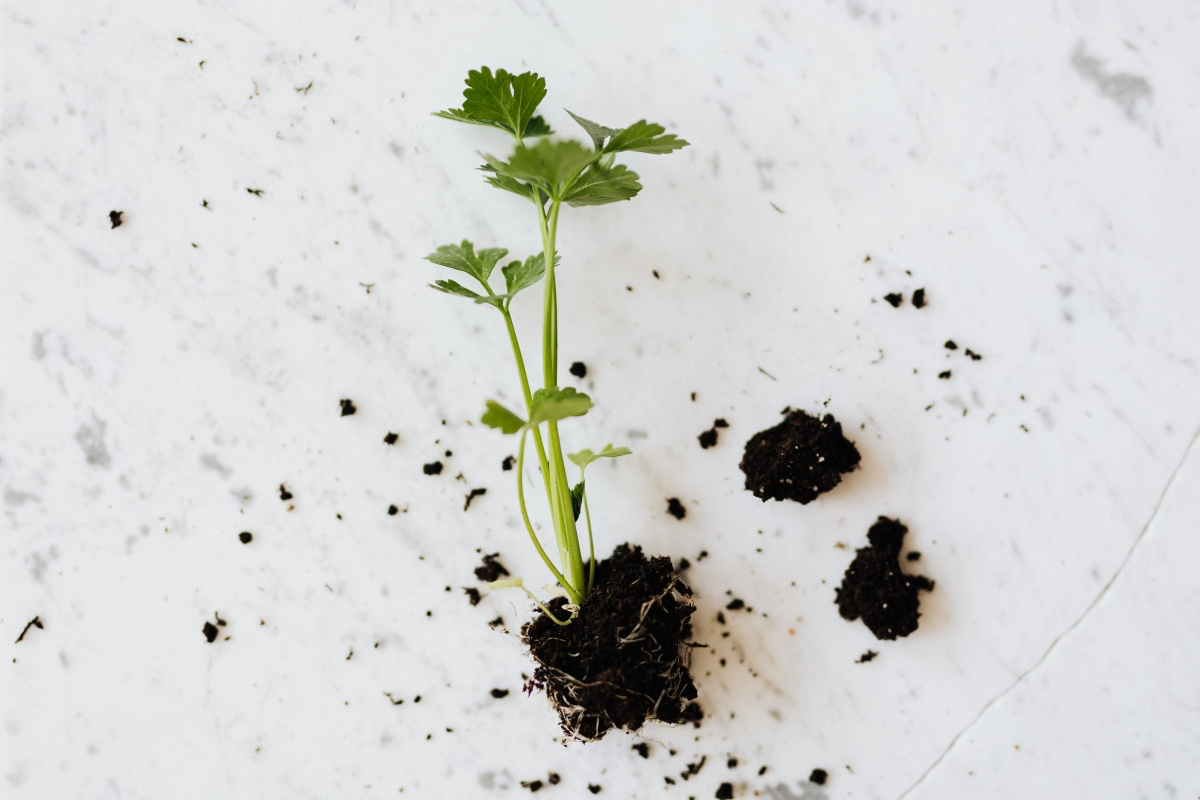
By the way, what about those new vacuums with “self-cleaning” brush rolls? In my experience, they definitely help reduce the wrapping, but they aren’t a magic wand. You still need to flip that vacuum over every few weeks and make sure it’s clear.
Your Simple Maintenance Plan
Protecting your vacuum is all about having a good workflow and a little routine. It’s easy, I promise.
My Go-To Maintenance Kit: You can build a pro kit for under $50. All you need is a seam ripper (around $2), a small pair of scissors, and a spare set of filters for your specific model (usually $20-$40). That’s it!
- Every Week: Flip the vacuum over and check the brush roll. Use your seam ripper or scissors to cut away any hair or string. This five-minute task is your best defense against bigger problems.
- Every Month (or as needed): Check and clean your filters. If a filter is washable, rinse it under cool running water until the water runs clear—no soap! And I mean it when I say let it air dry completely, for at least 24-48 hours. If it feels even slightly damp, it’s not ready. Putting in a wet filter is a death sentence.
- As Needed: Change your bag or empty your canister. Don’t wait until it’s packed full. A bag that is more than two-thirds full is already losing suction and making the motor work harder.
A Quick Note on Filters: Don’t cheap out. A non-certified filter might be $15, but it can let fine dust through that wears down your motor. Spending $30 on a proper, certified HEPA filter is cheap insurance against a $150+ motor replacement down the line.

When to Stop and Call a Pro
While you can do all the maintenance above, never try to service the motor or wiring yourself unless you know exactly what you’re doing. It’s just not worth the risk.
Unplug your vacuum immediately and get it checked out if you hear a sudden grinding or screaming noise, smell burning plastic, or see sparks. These are signs of a serious internal problem. Ignoring them is how a simple repair turns into a call for a new vacuum.
Galerie d’inspiration
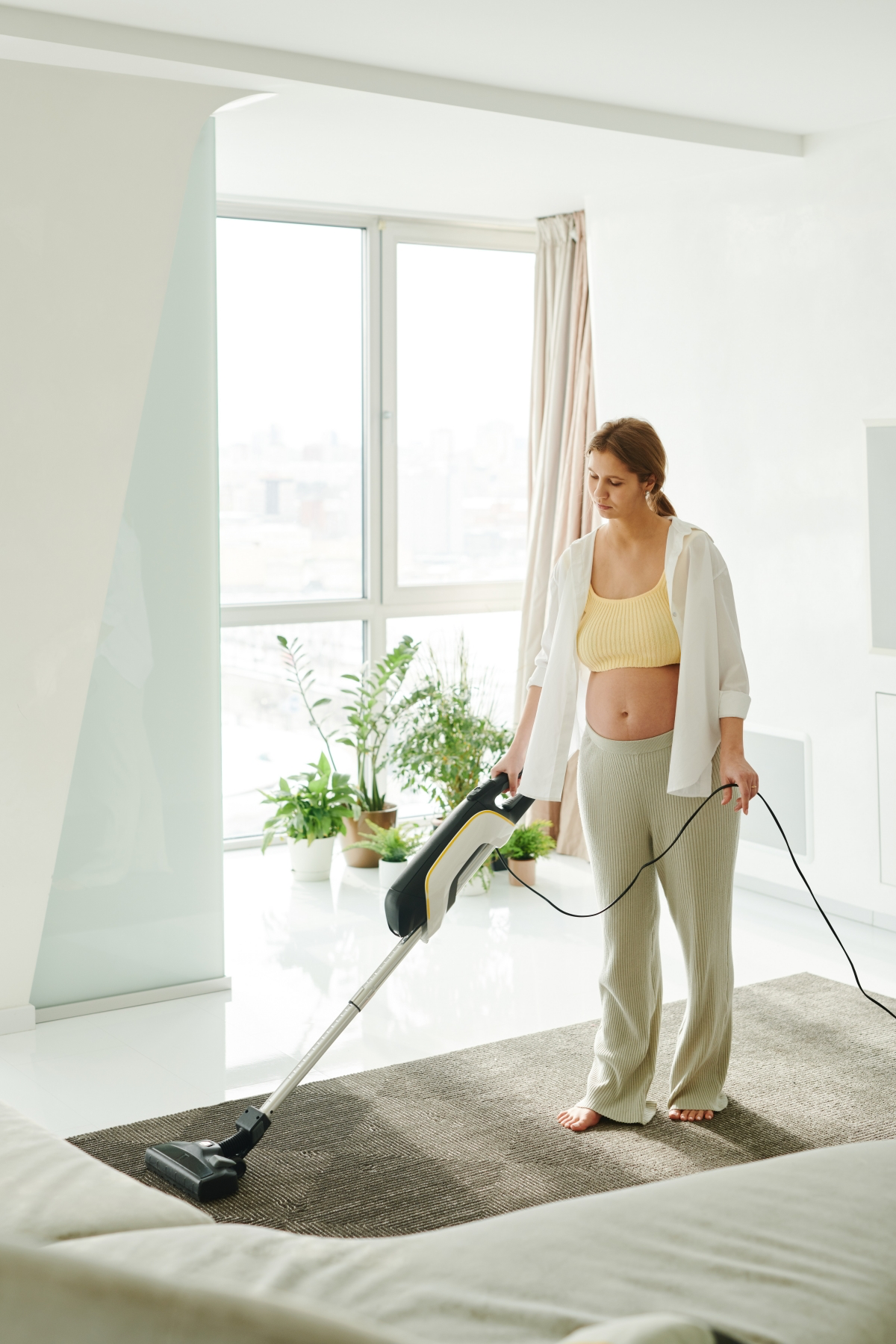
My vacuum has a washable filter, so I just rinse it and it’s good as new, right?
Not quite. While washable filters are a great feature, “washable” doesn’t mean “invincible.” Extremely fine particles—like drywall dust from a renovation or cold fireplace ash—can permanently embed in and clog the microscopic pores of the filter material. Even after a thorough rinse, its ability to ‘breathe’ is compromised, which puts that critical strain back on your motor. For homes with allergy sufferers, a poorly maintained HEPA filter, which is designed to capture 99.97% of airborne particles, can end up just circulating the very irritants you’re trying to remove. For peak performance, most experts suggest replacing even washable filters every 12 to 18 months.










